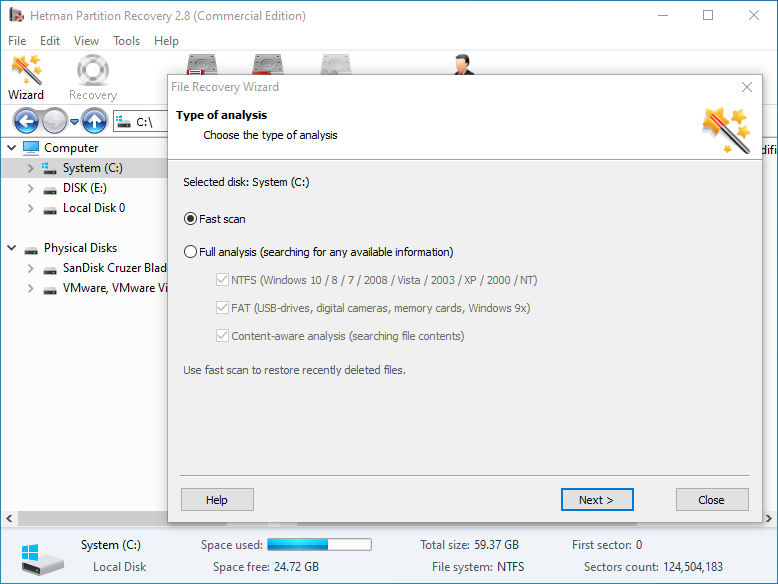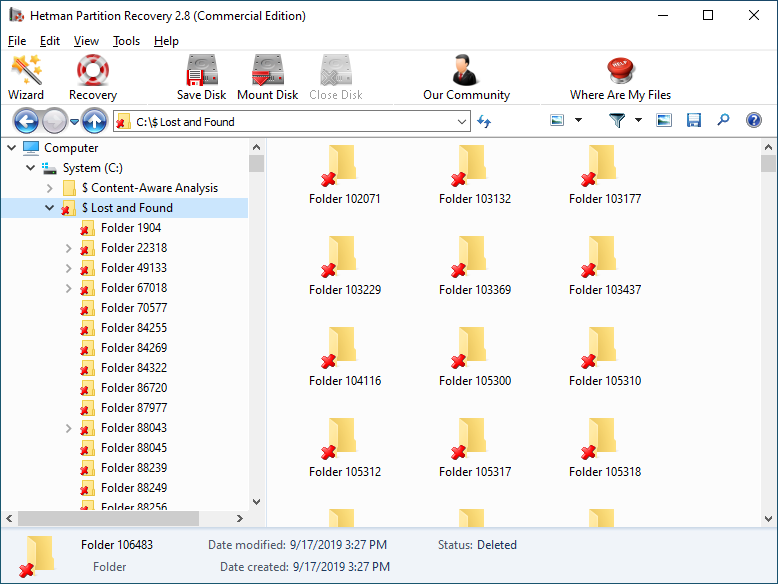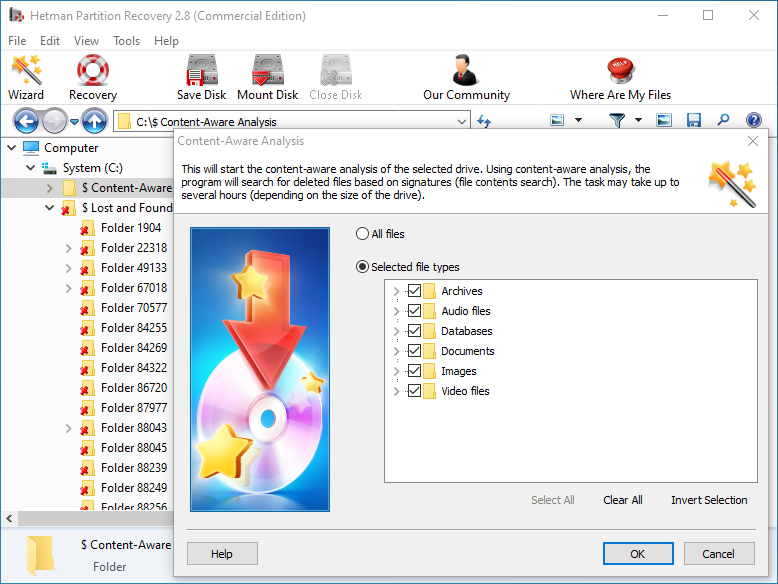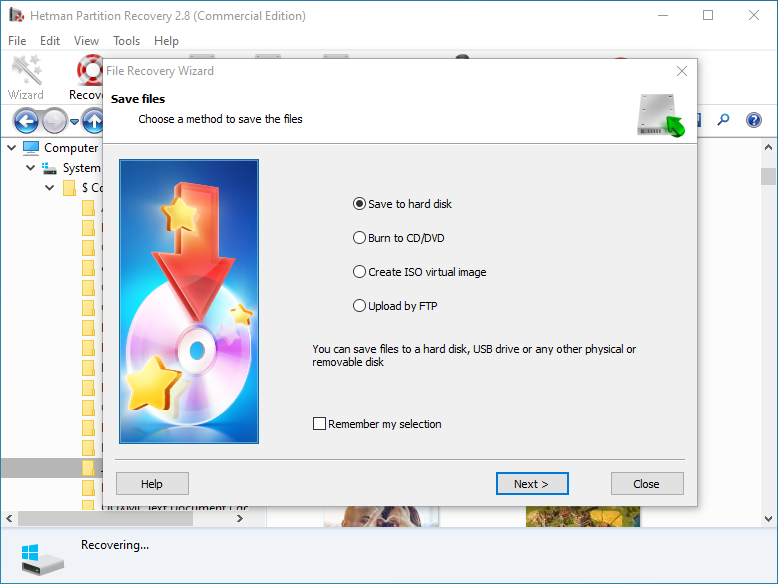- What Are Common Causes of .ACID Files Lost or Failure?
- How to recover lost .ACID files?
- Programs to recover .ACID files
- How to open file with .ACID extension?
What Are Common Causes of ".ACID" Files Lost or Failure?
There are several common causes of ".ACID" files lost or failure:
- Accidental deletion: The most common cause is accidentally deleting the ".ACID" files from the system. This can happen when you are trying to clean up your computer or mistakenly select the wrong files for deletion.
- File system errors: File system errors can occur due to various reasons such as improper shutdown, power outages, or hardware issues. These errors can corrupt the ".ACID" files, making them inaccessible or causing them to fail.
- Virus or malware attacks: Viruses or malware can infect and damage files on your computer, including ".ACID" files. They can corrupt the files or encrypt them, rendering them unusable.
- Software or hardware issues: Problems with the software or hardware you are using to open or edit ".ACID" files can also lead to their loss or failure. This could include issues with the application itself, compatibility issues, or hardware failures.
- Formatting or partitioning errors: Formatting or partitioning errors can occur when you are trying to format a storage device or create partitions. If these errors are not handled correctly, they can result in the loss or corruption of ".ACID" files.
- Human error: Human error, such as accidentally moving or renaming ".ACID" files, can also lead to their loss or failure. This can happen when you are organizing or managing your files and mistakenly perform actions that affect the ".ACID" files.
- System crashes: System crashes can occur due to various reasons, such as software conflicts, hardware failures, or overheating. These crashes can lead to the loss or corruption of ".ACID" files if they were open or being accessed at the time of the crash.
It is important to regularly back up your ".ACID" files to prevent their loss or failure. Additionally, using reliable antivirus software, maintaining a stable system, and practicing safe file management techniques can help minimize the risk of encountering these issues.
How to recover lost ".ACID" files?
Sometimes while working with a computer, laptop or other stationary or mobile devices, you may encounter various bugs, freezes, hardware or software failures, even in spite of regular updates and junk cleaning. As a result, an important ".ACID" file may be deleted.

🧺 How to Recover Files and Folders After Sending Them to the Recycle Bin and Deleting? (Windows 11)
By no means should you think that the only way to recover a ".ACID" file is always to create it once more.
Use programs for recovering ".ACID" files if a file was lost after accidental or deliberate deleting, formatting the memory card or the internal storage, cleaning the storage device, after a virus attack or a system failure.
Programs to recover ".ACID" files
Looking for a way to get files back? In cases when files were deleted and they cannot be restored by using standard operating system tools, use Hetman Partition Recovery.
Follow the directions below:
-
Download Hetman Partition Recovery, install and start the program.
-
The program will automatically scan the computer and display all hard disks and removable drives connected to it, as well as physical and local disks.

-
Double-click on the disk from which you need to recover ".ACID" files, and select analysis type.

-
When the scanning is over, you will be shown the files for recovery.

-
To find a file you need, use the program’s interface to open the folder it was deleted from, or go to the folder "Content-Aware Analysis" and select the required file type.

-
Select the files you have been looking for and click "Recovery".

-
Choose one of the methods for saving the files and recover them.

How to open file with ".ACID" extension?
Looking for how to open a stereo aCID Encrypted File image file file?
Programs that open ".ACID" files
| Windows |
|---|
|
|
Additional Information
-
File type: ACID Encrypted File
-
File extension: .ACID
-
Developer: Data on Acid
-
Category: Encoded Files
-
Format: N/A



